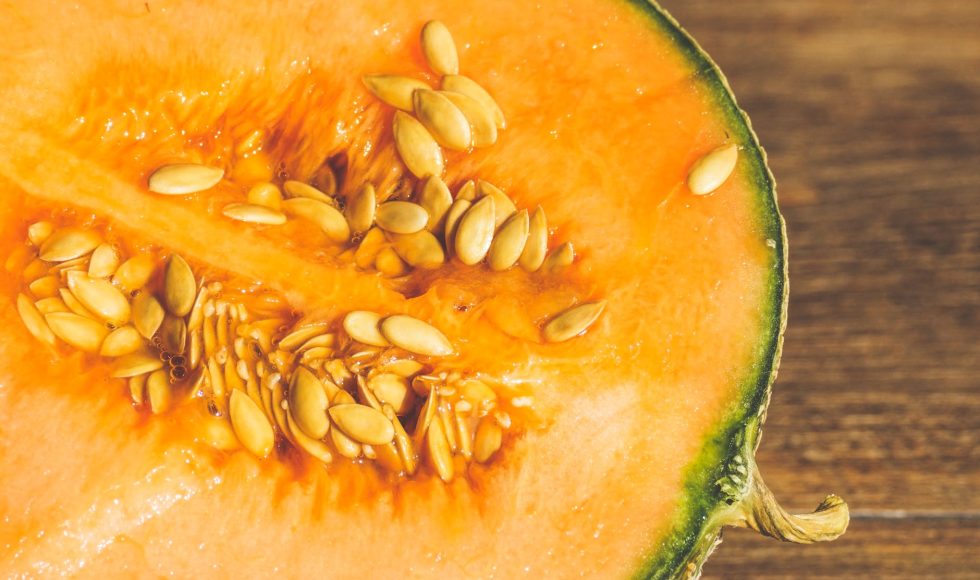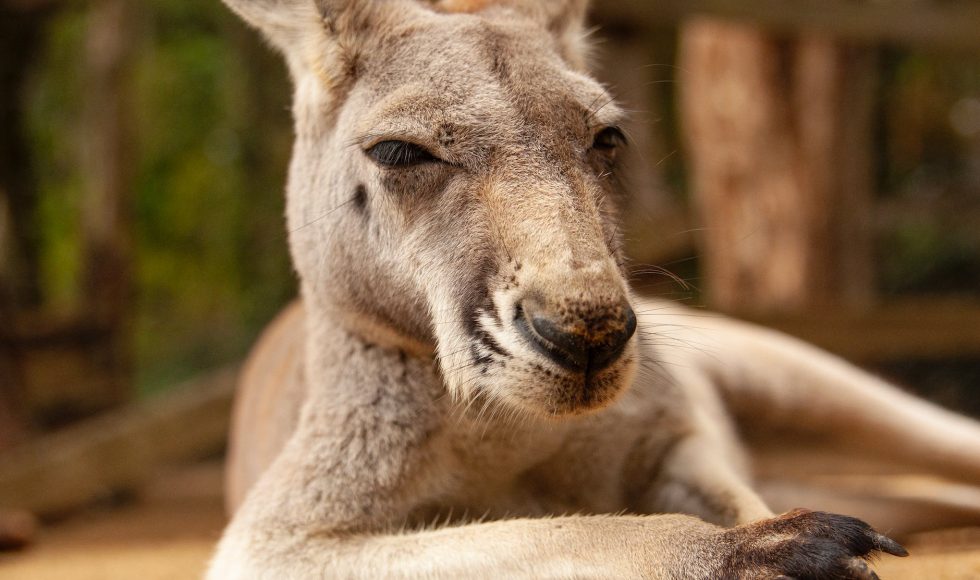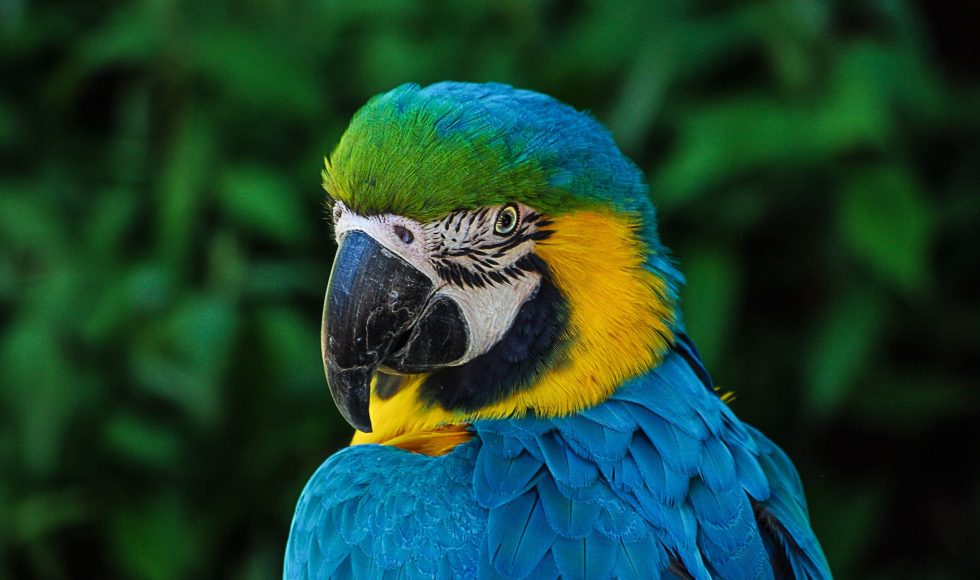Tonight I watched the Oxford Nanopore Technologies (ONT) London Calling 2023 Showcase Stage on Conservation. In this session, Luca Pandolfini from the Italian Institute of Technology in Italy presented “From genome assembly to epigenome characterisation: a nanopore journey in the footsteps of an endangered tortoise.” Pyxis arachnoides is a tiny tortoise that is critically endangered […]
Javier Belinchon-Moreno from INRAE-EPGV in France spoke at London Calling 2023 about “Exploring the genetic and functional diversity of the NLRome/resistome in melon using nanopore adaptive sampling.” They started by describing how Nanopore adaptive sampling works and its adaptability to a variety of uses. Belinchon-Moreno and team used Nanopore adaptive sampling (NAS) to “decipher the […]
Patrick G.S. Grady from the University of Connecticut presented at London Calling 2023 a session entitled: “Unraveling chromosomal evolution in marsupials: comparative genomics and methylomics with telomere-to-telomere precision.” Grady spoke about the use of marsupials as a model. They have pentapedal locomotion, unique reproduction, and dynamic forms of cancer. Their genome scan be studied with […]
“Nanopore sequencing of wild virus particles reveals previously undetected phage and phage-parasitizing elements” was the title of the London Calling 2023 session Ed DeLong from the University of Hawaii at Manoa did. They began with an explanation of how phages affect algae and carbon cycles in the ocean. Some viruses can cause aggregation and different […]
Anna Cusco from Vetgenomics in Spain spoke at the 2021 Nanopore Community Meeting about “Long-read metagenomics and Hi-C proximity ligation to characterize a canine fecal microbiome.” They have been characterizing microbiomes using metagenomics and Hi-C. The (now) classical approach is amplicon sequencing; however, it allows for taxonomic classification but not everything can be detected. With […]
Ryan Cook from the University of Nottingham in the UK spoke at the Nanopore Community Meeting 2021 about “Phages, faeces, and PromethION: using nanopore to investigate the cattle slurry virome.” They described the slurry tank produced by cows: a large tank of feces, urine, bedding, and waste from cows… This is a tank open to […]
Miten Jain from the University of California, Santa Cruz presented at the Nanopore Community Meeting 2021 on “Nanopore sequencing updates using Q20+ and R10.4.” While this may not be the latest technology, I think it is useful to learn about the history and how improvement were made. Jain spoke about the early version of ultra-long […]
Alexander Wittenberg from KeyGene in the Netherlands presented at the Nanopore Community Meeting 2021 on “Accuracy improvements in crop genome assembly using the Q20+ chemistry.” They presented on improvements in sequencing and crop assembly using Q20+ chemistry. KeyGene is using genome assembly and the early access ONT program to identify pan-genome and variants. KeyGene has […]
Tomas Marques-Bonet from the Institute of Evolutionary Biology in Spain presented at the Nanopore Community Meeting 2021 about “Org.one: a new program to promote sequencing biodiversity.” Tomorrow London Calling 2023 begins and I am continuing to watch previous sessions. Marques-Bonet highlighted how biodiversity is at risk, with more than 37,400 species threatened with extinction. Amphibians […]
Alaina Shumate from John Hopkins University presented at the Nanopore Community Meeting 2021 about “The annotation of novel genes in a complete human genome.” They began by describing how in 2003 scientists “finished” the Human genome Project but there still was missing sequence! In 2021, the Telomere-to-Telomere (T2T) Consortium actually completed the sequence of a […]











